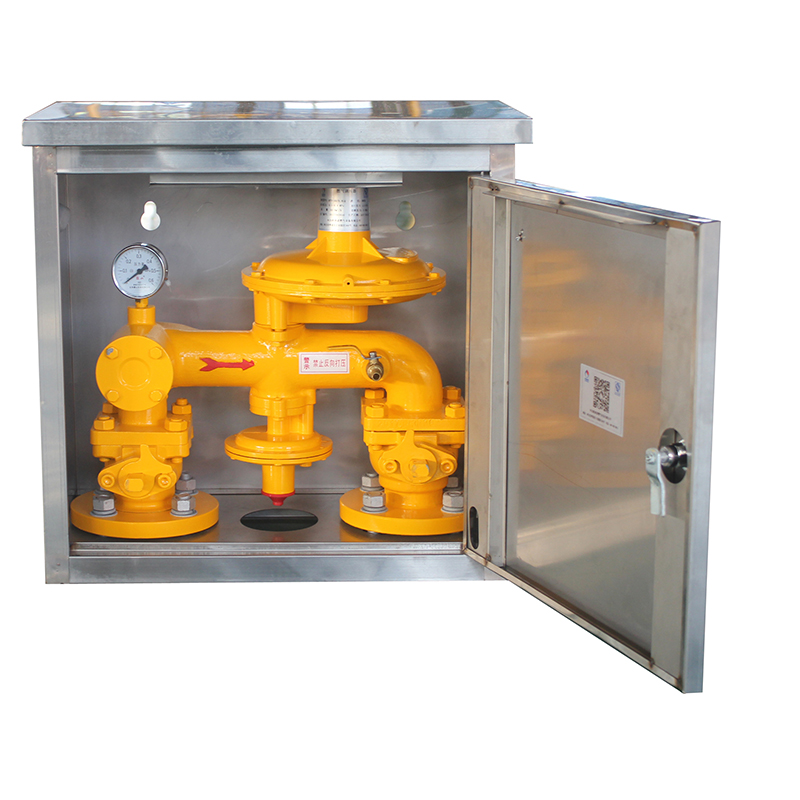
Dec . 12, 2024 16:36
Back to list
محطة تخفيض ضغط الغاز الطبيعي
Natural Gas Pressure Reduction Stations An Overview
Natural gas is a vital energy source, utilizing an extensive network of pipelines for its transportation and distribution. One of the critical components of this infrastructure is the natural gas pressure reduction station. These facilities play a crucial role in ensuring that gas is delivered safely and efficiently from high-pressure transmission lines to lower-pressure distribution systems that ultimately serve consumers.
The Purpose of Pressure Reduction Stations
Natural gas is transported at high pressures through transmission pipelines to minimize the volume and maximize the efficiency of long-distance transport. However, when the gas reaches the local distribution networks, it must be reduced to a safe, usable pressure for residential, commercial, and industrial customers. This is where pressure reduction stations come into play.
These stations are designed to reduce the high-pressure gas from the transmission system to lower pressures that are suitable for use in homes and businesses. Typically, the transmission pressure can be as high as 1,200 psi (pounds per square inch), while the distribution network operates at pressures between 4 and 60 psi depending on the regulations and requirements of the specific network.
Components of a Pressure Reduction Station
A natural gas pressure reduction station consists of several essential components
1. Incoming Pipeline This section receives high-pressure gas from the transmission lines.
.
3. Filter Systems Before the gas is reduced in pressure, it often passes through filters to remove impurities, such as dirt and moisture. This ensures that only clean gas enters the distribution network, preventing damage to appliances and equipment.
محطة تخفيض ضغط الغاز الطبيعي

4. Safety Valves Safety is paramount in natural gas operations. Pressure reduction stations are equipped with safety valves that release excess pressure in case of an emergency, protecting both the station and the downstream network.
5. Measurement Instruments Flow meters and pressure gauges are installed to monitor the gas flow and pressure at various points in the system. This data is crucial for operational efficiency and safety.
6. Control Systems Modern pressure reduction stations use automated control systems that allow for real-time monitoring and adjustment of gas flow and pressure. These systems help in responding quickly to changes in demand and can trigger safety protocols if necessary.
Importance of Safety Measures
Given that natural gas is flammable, safety in pressure reduction stations is paramount. Operators adhere to strict regulations set by governmental and industry standards, ensuring that the station is designed, constructed, and maintained to high safety standards. Regular inspections, maintenance, and staff training play a crucial role in minimizing risks associated with gas handling.
In addition to these standard safety measures, pressure reduction stations often incorporate various technologies to enhance safety, such as automatic shut-off systems that activate in the event of a pressure surge.
Environmental Considerations
In recent years, there has been increasing scrutiny on the environmental impact of natural gas operations. Pressure reduction stations contribute minimally to emissions, but implementing best practices is essential for sustainability. Some modern facilities are integrating technologies that reduce methane leaks, which can occur during gas handling and processing. Furthermore, ongoing research into newer materials and methods aims to make pressure reduction stations even more eco-friendly.
Conclusion
Natural gas pressure reduction stations are a critical component of the energy infrastructure, ensuring the safe and efficient delivery of natural gas to consumers. Despite the inherent risks associated with handling gas, advancements in technology and strict adherence to safety protocols allow these facilities to operate securely. As the demand for energy continues to rise, understanding the importance and function of pressure reduction stations becomes increasingly relevant in discussions about energy distribution and sustainability.
Latest news
-
Safety Valve Spring-Loaded Design Overpressure ProtectionNewsJul.25,2025
-
Precision Voltage Regulator AC5 Accuracy Grade PerformanceNewsJul.25,2025
-
Natural Gas Pressure Regulating Skid Industrial Pipeline ApplicationsNewsJul.25,2025
-
Natural Gas Filter Stainless Steel Mesh Element DesignNewsJul.25,2025
-
Gas Pressure Regulator Valve Direct-Acting Spring-Loaded DesignNewsJul.25,2025
-
Decompression Equipment Multi-Stage Heat Exchange System DesignNewsJul.25,2025

